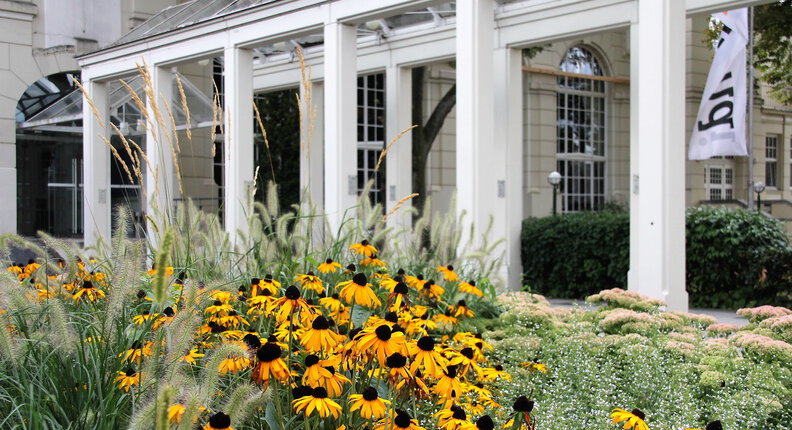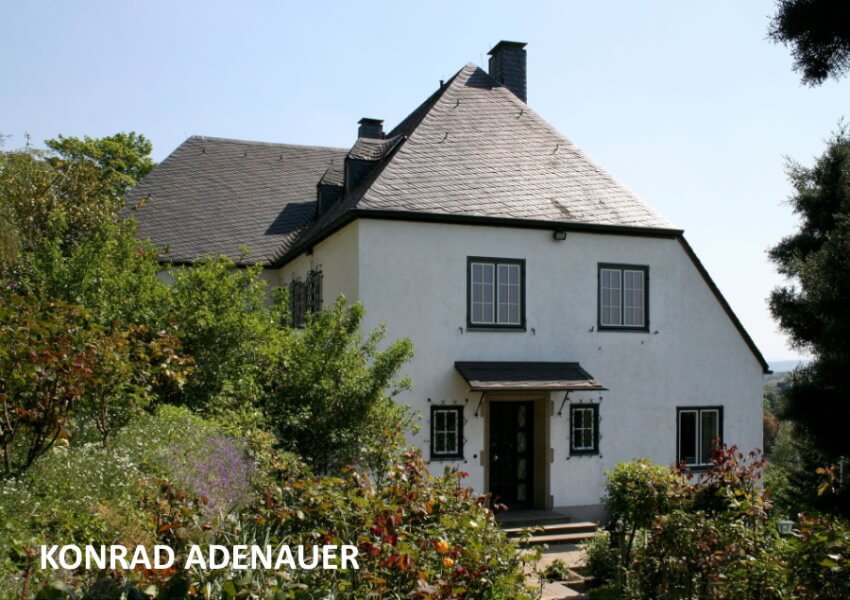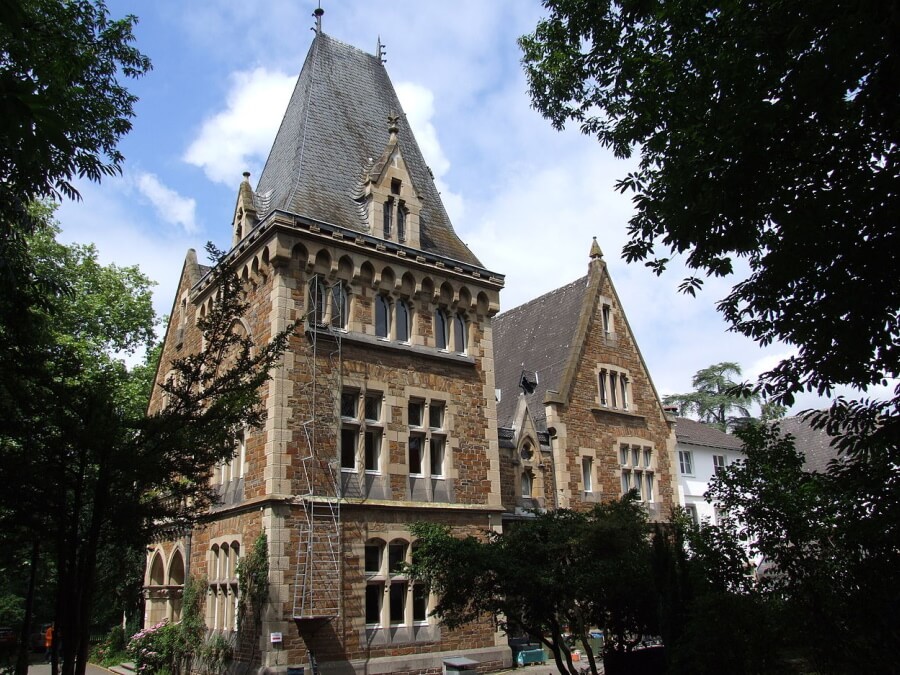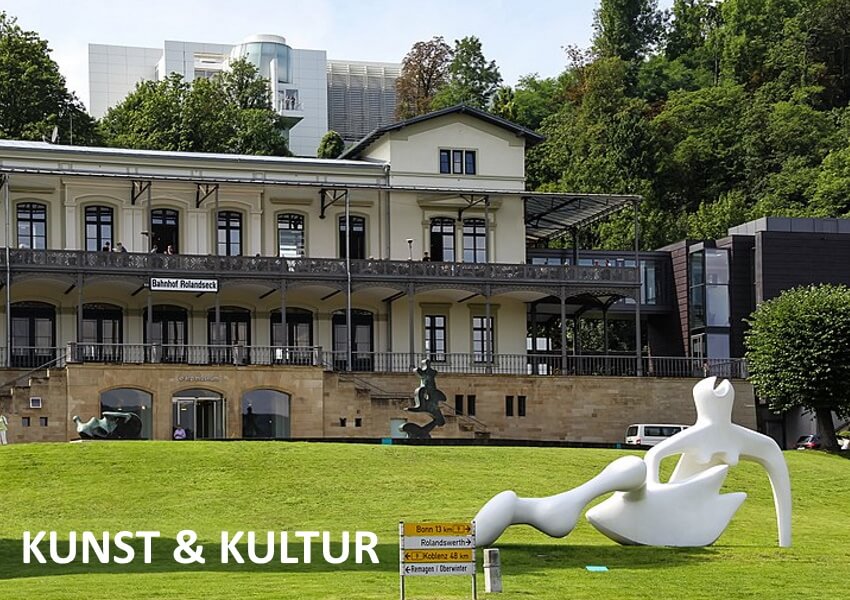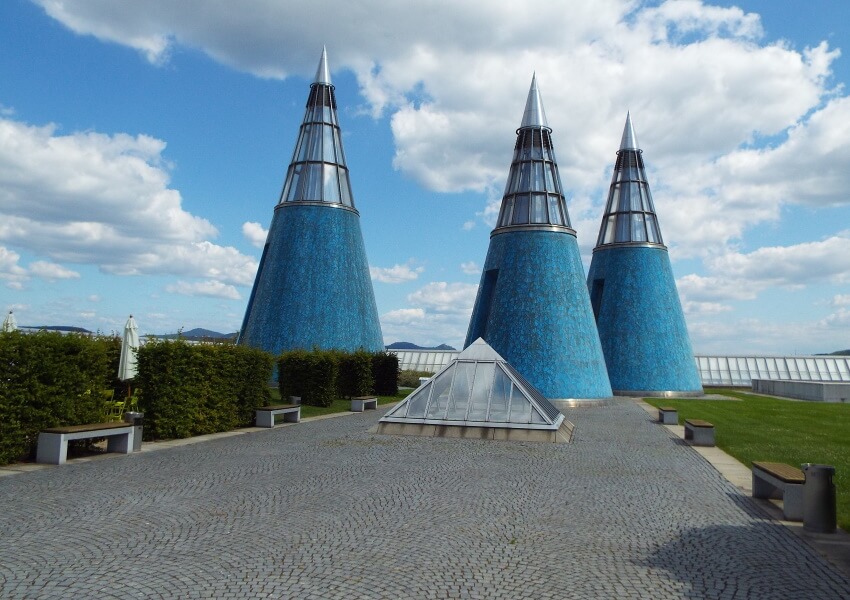- Startseite
- /
- Tourismus & Freizeit
- /
- Information & tips for...
- /
- Famous figures
Famous figures: culture & politics in Bad Honnef
Bad Honnef was not only the home of the first Chancellor of the Federal Republic of Germany, Konrad Adenauer, but also of various other personalities. Peter Scholl Latour lived in Bad Honnef until his death in 2014 and is also interred in the Rhöndorf forest cemetery, Heinz G. Konsalik wrote many of his novels in the Bad Honnef district of Aegidienberg. Guido Westerwelle was born in Bad Honnef and spent the first years of his life here, the former government spokesman Friedhelm Ost is a Bad Honnef citizen.
But also in earlier times many personalities visited Bad Honnef. The “Nizza am Rhein” (“Nice on the Rhine”) attracted royalty such as Queen Sophie of Sweden or poets and thinkers like Guillaume Appolinaire or the poet Freiligrath to the Rhineland. They all appreciated the wonderful nature and the mild climate.
